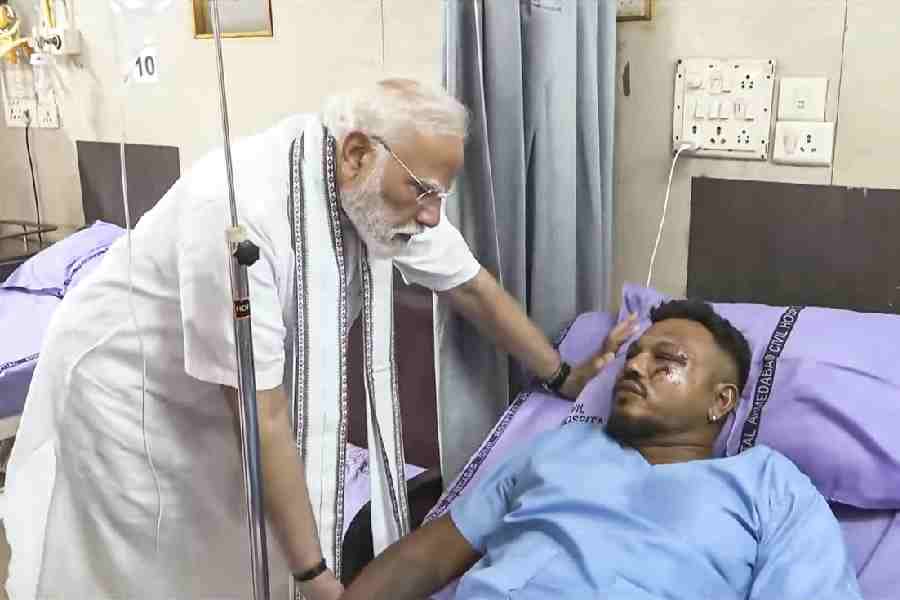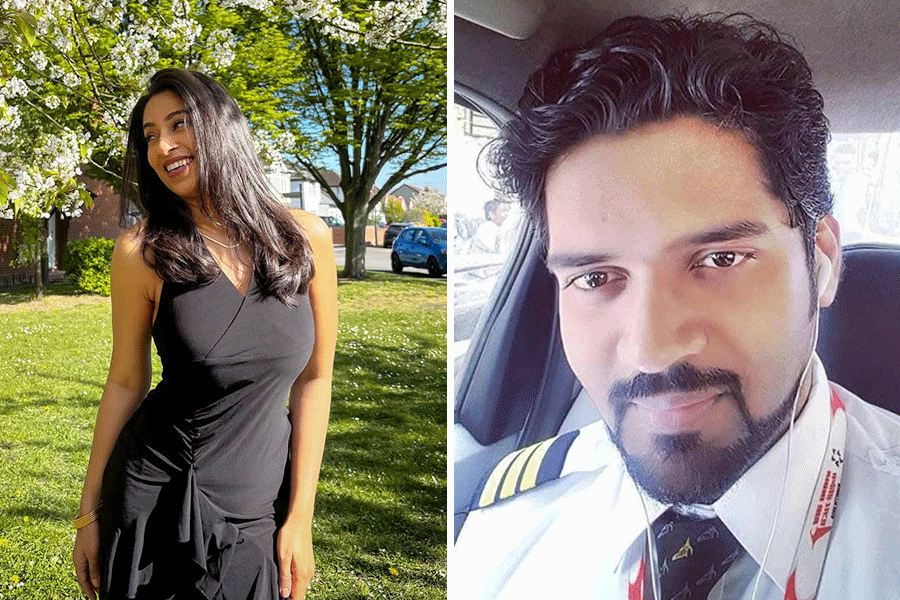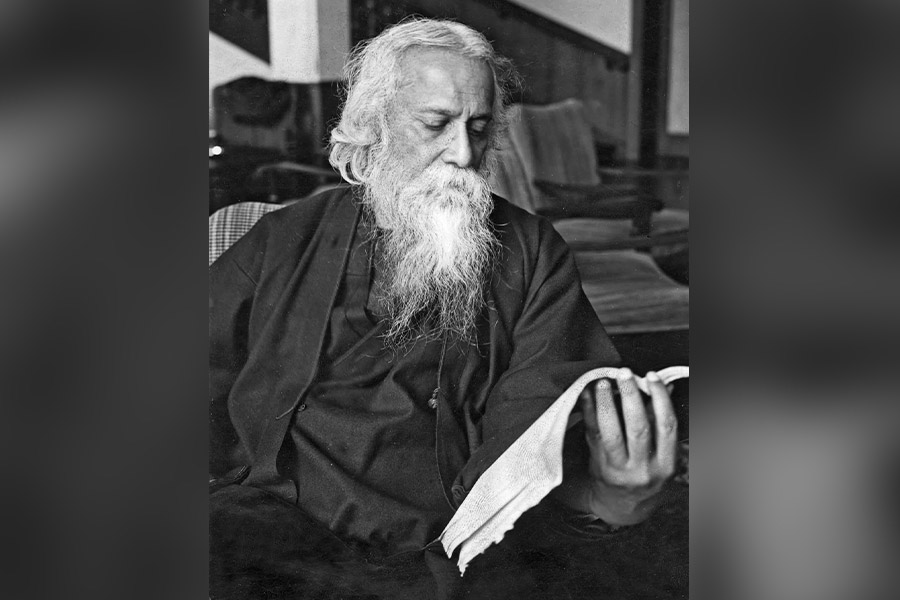
Norwegian directors Joachim Ronning and Espen Sandberg — whose film Kon-Tiki was nominated for Best Foreign Language Film at the Academy Awards in 2012 — make their Pirates of the Caribbean debut with Salazar’s Revenge, currently playing in theatres.
How did you become involved in this film and what were your initial thoughts?
Joachim Ronning: Pirates of the Caribbean reminds us of the kind of movies that we grew up with. Movies that made us want to become filmmakers. When we heard rumours that they were planning on making another Pirates, we chased it. We were fresh off Kon-Tiki. We started taking meetings in Los Angeles and one day we got the opportunity to meet (producer) Jerry Bruckheimer, who is for us a hero. We grew up watching his movies. When Kon-Tiki got nominated for an Academy Award, that helped us. We had to do some meetings, where we presented our vision for the movie. We also got to read the script, which we really loved. It was really a funny script.
Espen Sandberg: It was super funny and also extremely dense. So we were struck by that, compared to European movies. We loved the humour, the action. We loved pretty much everything about it. What we felt that we could bring to it was maybe a bit more emotion. And also we wanted to make sure that we sort of made a real pirate movie where Johnny as Jack Sparrow comes and crashes the party.
Can you talk about the darker elements of the script?
Ronning: When we read it the first time, it probably wasn’t that dark. I think that was something we added a little bit more of together with Jeff Nathanson, the screenwriter. Because, for us, that reminds us more of the first couple of Pirates that we were very inspired by. They’re all great movies, but the first one (The Curse of the Black Pearl, 2003) was special. It was also very important for us that Jack Sparrow is always Jack Sparrow. We wanted to try, like they did very much in the first Pirates movie, to create real characters that you can identify with.
Sandberg: We were also really inspired by the (Pirates of the Caribbean) ride at Disneyland because when you take that with a kid, it is fun but it’s also very scary. So we wanted to get that same thrill.
How will audiences seeing this as their first Pirates film react?
Sandberg: We, and Disney, were very specific about this. They wanted this to work as a standalone film for a new audience. So we made sure that we introduced all the characters and presented them in a thorough way. We also have two new main characters (Carina played by Kaya Scodelario and Will Turner played by Brenton Thwaites) and a new villain (Javier Bardem’s Captain Salazar). So it’s very much a movie that you can enjoy even though you haven’t seen the others. But if you have, it will definitely generate more depth for you. So it works on several layers.
Where do we find Jack Sparrow in this film?
Ronning: We start off with Captain Jack being down on his luck. He’s completely lost his mojo. He’s actually cursed. He has bad luck now and it’s so bad that he actually has to rob a bank on land. And in the middle of this heist, he falls asleep in the vault! That’s where we meet him for the first time in the film. His crew winds up leaving him, so he’s all alone and feeling sorry for himself.
What makes Captain Salazar, played by Javier Bardem, one of the worst villains in the Pirates universe?
Ronning: What was important for us going into this was to create a memorable villain. I think a lot of people, when they think about the Pirates franchise, remember great villains like Barbossa and Davy Jones (played by Bill Nighy), who have been, at least in my book, two of the most iconic bad guys. Salazar’s not really a ghost in the traditional sense of the word, but he’s cursed to walk in some kind of a middle ground. So, it was important for us to give that character depth. And that’s why we felt so lucky when we got Javier Bardem.
Sandberg: He brought something new to the table in his way of portraying the two different Salazars that we meet: the live Salazar and the dead Salazar. He chose to play the living Salazar like a matador, and then the dead Salazar like a wounded bull.
What was the design process of his crew like?
Ronning: Part of the idea for Salazar and his crew was that on the day that they die inside the Devil’s Triangle, Jack had tricked them into sailing in there. They can still walk around but they may be missing part of their attire and limbs, and some are even missing half their heads. So it’s quite scary, but it’s also a little bit of fun in that they’re walking around with just half a brain!
Sandberg: They are dead but they’re still here. We wanted to give them a ghostlike appearance. So, for example, their hair floats like it is underwater. And so does their wardrobe. And there are also pieces falling from them as they’re moving around. They’re falling apart and they’re disintegrating before your very eyes.
Did you ever have a surreal moment?
Ronning: I felt it was like a surreal moment every day on this shoot because not only is it huge in scope, production-wise, but we’re also dealing with iconic characters and iconic ships and elements that have meant so much to us growing up with this franchise as well. So, for us, it became more like a proverbial sandbox in a way, in that we had all these insanely big toys to play with. I felt there was some sense of magic walking on to that set and having these characters around. That was fantastic.
Do you try to make every frame a piece of art?
Ronning: What we like to do is make movies for the theatre and create big images. Even when we did movies back in Norway, we always had that urge to really paint on a large canvas. I think you’ll see that in this movie… there are a lot of those epic and wide shots with fantastic locations. We had thousands of extras and huge builds. It’s all part of the experience. It makes for a spectacle.
Sandberg: All the Pirates movies are epic. We wanted this movie to feel just as grand and be a fun ride. We wanted it to feel like the ride, to be fun and scary and emotional, and that means huge action pieces that are all very original and unique that you haven’t seen before. Also, we wanted it to be up close and emotional, and have some touching scenes in there as well. Of course, it’s very, very funny, thanks to Johnny and the other actors.
Ronning: I remember in one of my first meetings with Johnny Depp, he was talking about Jack Sparrow and what inspired him, and he was talking about Buster Keaton and Charlie Chaplin. So what we set out to do was to give him some of those Buster Keaton-esque comedy action moments, but for a modern audience. The bank heist scene has some of that. But I guess our proudest moment in that sense is the guillotine sequence, which came out of that thinking. We were thinking about what we could do to create something truly unique, truly a ride, and something that would also pay homage to the silent movie, action-comedy shticks.
What do you think it is about Jack Sparrow that audiences can’t get enough of?
Sandberg: Jack Sparrow is a unique character. I think one of the great things that people love about him is that he’s totally free. It’s that freedom that we all wish we had where we could dare to do anything at any time. And of course he’s very unpredictable. He’ll always throw something new into the equation, so people are constantly thrown off.
Ronning: Jack has a consequence-free lifestyle, basically. Somehow, no matter how down and out and crazy and in trouble he is, he always seems to land on his feet. And you’re not quite sure if that was part of the plan or if it just panned out that way. The fact that he could do anything is part of the fascination. He’s sort of an anti-hero in that sense. His morals are horrible and he’s not pretending to have them either, unless it benefits him. He’s completely free, and I think that’s a huge part of the fascination.











